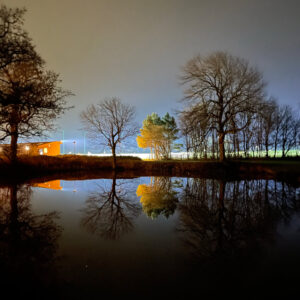Table 1: Recommended Lumens for Different Rooms
| Room Type | Recommended Lumen Range | Bulb Type (Lumens) | Number of Bulbs Needed |
|---|---|---|---|
| Bedroom | 1000–2000 lumens | 800 lumens/bulb | 2–3 |
| Living Room | 2000–3000 lumens | 800 lumens/bulb | 3–4 |
| Office | 3000+ lumens | 1000 lumens/bulb | 3 |
| Kitchen | 3000+ lumens | 1000 lumens/bulb | 3 |
| Bathroom | 1500–2000 lumens | 800 lumens/bulb | 2–3 |
Table 2: Lumen Comparison for Different Lighting Uses
| Lighting Type | Lumen Range | Typical Use | Example Bulb Type |
|---|---|---|---|
| Indoor General Lighting | 1000–3000 lumens | Living rooms, bedrooms, offices, etc. | LED bulbs (800–1000 lumens) |
| Office or Workspace | 3000–5000 lumens | Offices, workshops, etc. | LED bulbs (1000–1500 lumens) |
| Outdoor Security Lighting | 5000–7000 lumens | Backyards, driveways, entrances, etc. | LED security lights (1500–2000 lumens) |
Table 3: Lumen Output and Power Comparison for Different Bulbs
| Bulb Type | Power (Watts) | Lumen Output | Equivalent Traditional Bulb |
|---|---|---|---|
| LED Bulb | 9 watts | 800 lumens | Replaces 60W incandescent |
| LED Bulb | 12 watts | 1100 lumens | Replaces 75W incandescent |
| LED Bulb | 15 watts | 1600 lumens | Replaces 100W incandescent |
| Incandescent | 60 watts | 800 lumens | |
| Incandescent | 75 watts | 1100 lumens | |
| Incandescent | 100 watts | 1600 lumens |
Table 4: Matching Color Temperature with Lumen Output
| Color Temperature (K) | Suitable Environment | Recommended Lumen Range | Example Bulb Type |
|---|---|---|---|
| 2700K (Warm White) | Living rooms, bedrooms | 1000–2000 lumens | LED incandescent bulb |
| 3000K (White Light) | Dining rooms, kitchens | 1500–3000 lumens | LED bulbs |
| 4000K (Cool White) | Offices, workspaces | 3000–5000 lumens | LED panel lights |
| 5000K (Daylight) | Outdoors, security lighting | 4000–6000 lumens | LED floodlights |

Get in touch for free lighting customization